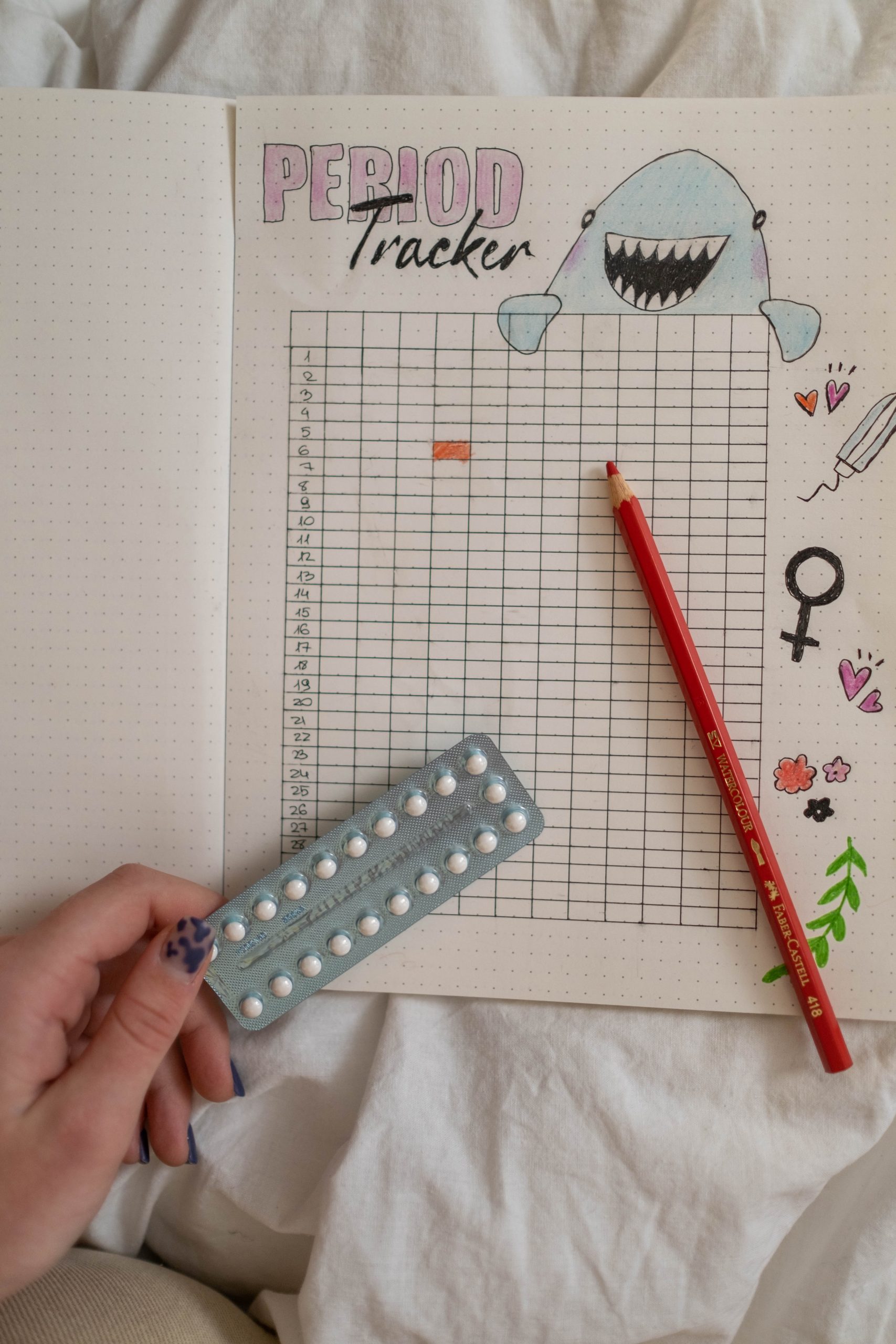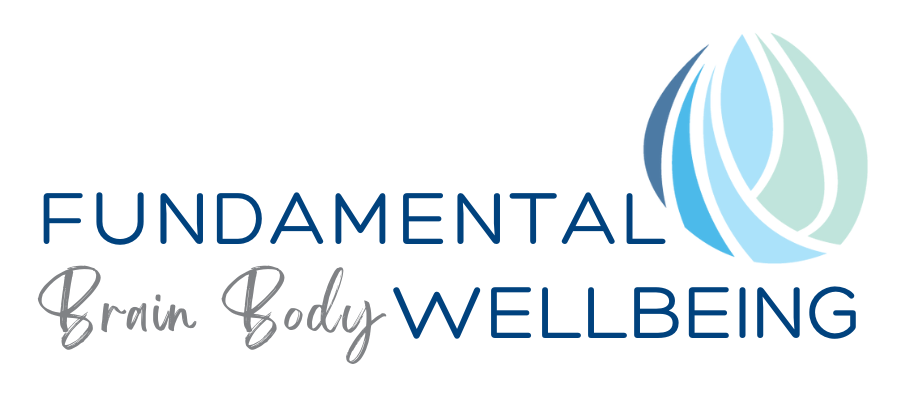AKA how to hack your menstrual cycle*.
If you have a menstrual cycle, or know anyone who does, you really need to know about Menstrual Cycle Awareness. Even if you don’t have any problems with your cycle, and even if (or especially if!) you don’t bleed yourself – husbands, brothers, fathers: I’m looking at you! This is a great way to better understand and have a deeper connection with the menstruators in your life.
So what is Menstrual Cycle Awareness (MCA), exactly? Well, let’s start with cycle charting, or cycle tracking, most people have heard of that. It might also be called period tracking, menstrual tracking, fertility or ovulation tracking.
Cycle tracking involves recording symptoms or signs throughout your menstrual cycle, usually to help you predict:
– Onset of the bleed
– Fertile times
– Premenstrual turmoil
In those cases, you might note down the days that you bleed, whether its heavy or light, blood colour, any pain, bloating or other physical symptoms. Premenstrually, you might note down your moods, anxiety, teariness, irritability, negative thoughts, depression. For fertility, you would be taking note of your vaginal mucus characteristics and your basal body temperature, for example, so that you can predict ovulation and your fertile days (whether you want to get pregnant or avoid it).
Such tracking is really helpful for those intentions, and also for anyone who suspects they may have pre-menstrual dysphoric disorder (PMDD, see previous blog). Cycle tracking and noting the pattern of symptoms over a few cycles is the only way PMDD is currently diagnosed.
Menstrual Cycle Awareness (MCA) takes cycle tracking to a whole new level. It’s really about being so in tune to your menstrual cycle, how you are and WHO you are all through the month, that you can become deeply connected to yourself, your unique rhythm, and to use that information to synchronise your life with your cycle, match your daily activities to your moods and energy levels. Some say you can even to deepen your spiritual experiences via MCA.
Menstrual Cycle Awareness as a method of awakening your “Wild Power” was co-founded by Alexandra Pope and Sjanie Hugo Wurlizter.
Through their book Wild Power (a brilliant read, if anything about this article makes you curious), the authors outline the four phases of the menstrual cycle, which correspond to your “inner seasons” and how they relate to and influence your physical, mental and emotional wellbeing. More importantly, they recommend specific practices to help you optimise your energy levels, mental health and even your life path.
Each phase or season comes with benefits or gifts, and challenges. The best way to work out what your particular gifts and challenges are, is to practise MCA for a few cycles and take note of your own patterns. The following tiles can give a broad overview of stereotypical experiences:




Note that your individual experience of your own cycle may be very different. That’s why charting your own cycle, and your energies and feelings throughout are so important – so you can gather crucial insights about yourself, and use those insights to plan your daily activities and work schedule.
For example:
Inner Spring, when your feel-good hormone levels are rising, is a great time to work on creative projects. You may feel more optimistic and motivated as your energy is rising.
Inner Summer, when hormones like estrogen and testosterone are at their peak, brings great self-confidence – a good time to go to networking events, host a party or present an important talk.
A common challenge with both Spring and Summer is saying YES and over-committing to too many things, because you feel unstoppable and have a lot to give. But be careful – that may come back to bite you in your inner Autumn!
Inner Autumn is ruled by progesterone, the hormone that prefers you to stay home with a bag of chips and binge-watch your favourite series rather than go to parties. Many people experience their inner critic loudest in this phase, and life can get very miserable indeed for anyone with severe PMS or PMDD (premenstrual dysphoric disorder).
However, it’s not all bad. The inner critic can often be credited with having a keen eye with things, people or situations in your life that are no longer serving you. It’s a good time for decluttering – physically as well as mentally/emotionally – and for working on projects that require critical analysis like editing documents or presentations. It’s also a good time for nesting, creating a calm, nurturing environment to relax into, because physiologically, your ever-optimistic reproductive system is preparing for pregnancy.
Inner Winter is the time to rest and reset (as much as is possible in our modern lives). Intuition may be highest in this phase, so it’s a good time for contemplation & meditation. While modern working women & mums can’t always hibernate for the 5 days of the bleed, you can try to make life easier with delegating as many tasks as possible, meal prepping in advance, not overcommitting to activities or projects, and making sure you get to bed a bit earlier for a good night’s sleep.

So how do I do it?
Get yourself a menstrual chart, preferably a month-at-a-glance so you can immediately compare patterns. There are many ways to do this, so you just have to work out what suits you best.
Apps you can use include: Flo, Clue, and Me vs PMDD. Alternatively, download a printable chart from the Red School or the IAPMD. Or use this one (immediate download) that I often hand out to my clients.
Make sure you are able to record positive emotions or experiences as well as the negative – some apps or charts only have room for symptoms. You might prefer to make your own chart or just use a personal journal.
First record which day of your cycle you’re on. Day 1 is the first day of your full bleed, not including any spotting or light bleeding some people experience the day or two before the bleed.
Now just fill in your chart or app with your dominant feelings, significant experiences, energy levels, sleep patterns, libido and whatever you want to pay attention to.
I recommend using the notifications in the app or using an alarm in your phone to remind you to do it daily at a convenient time. For me, this is bedtime – it only takes a minute or two.

After 2 – 3 cycles, get your charts out and compare!
Once you start to see patterns, the next step is “Cycle Syncing”, whereby you adjust your daily schedule, tasks and workload to fit in with your moods and energy levels as much as possible. I’ll admit that this isn’t always easy or straightforward when you have kids, a full-time job, running a business or other commitments, but there are many ways you can tweak your task lists bit by bit to help life flow a bit smoother.
Knowledge is Power.
And even if you can’t or don’t move on to cycle syncing, knowing the patterns of your menstrual cycle can at the very least help you prepare for what you know is coming. Forewarned is forearmed, as the saying goes! This is especially important in case you experience PMDD, severe PMS or painful periods.
If you want to dive deeper into Menstrual Cycle Awareness, I recommend the following books:
“Wild Power” by Alexandra Pope and Sjanie Hugo Wurlitzer
“Period Queen” by Lucy Peach.
Follow me on Instagram, and/or join our private Facebook group for fellow PMDD Warriors for more holistic insights into living with & managing PMDD.
*it’s really how to hack your life to suit your cycle, but it didn’t sound as cute when expressed that way!


